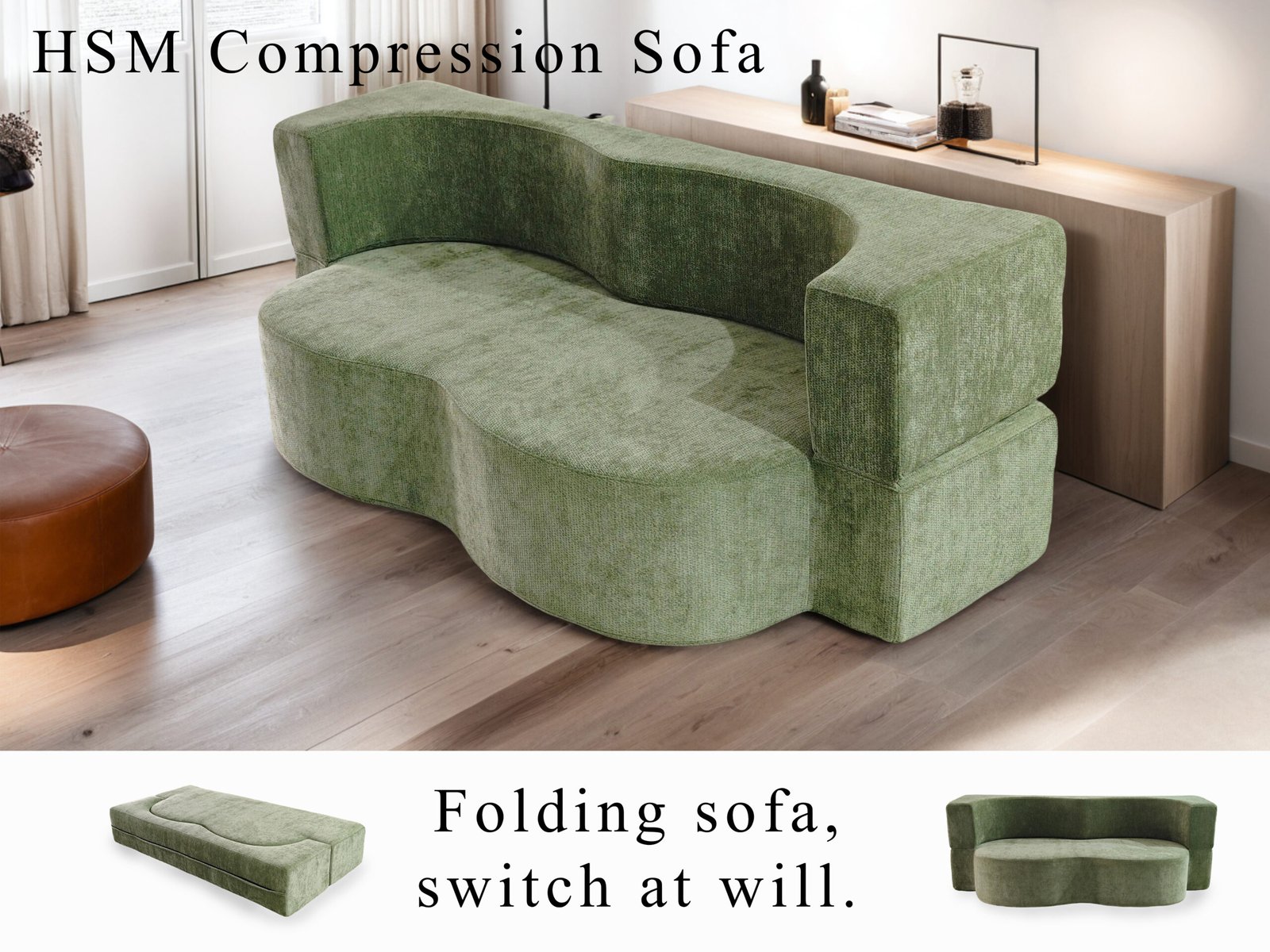
More people care about green living, but traditional sofas still use materials that pollute or can’t be recycled.
Eco-friendly compressed sofas are made with recycled plastics, natural fibers, bamboo, reclaimed wood, organic fabrics, and natural latex foam—designed to reduce environmental impact without sacrificing comfort or durability.
You don’t have to choose between sustainability and style. Let’s explore the materials making it possible to enjoy a sofa that’s good for your home—and the planet.
Why are sustainable materials important in sofa design?
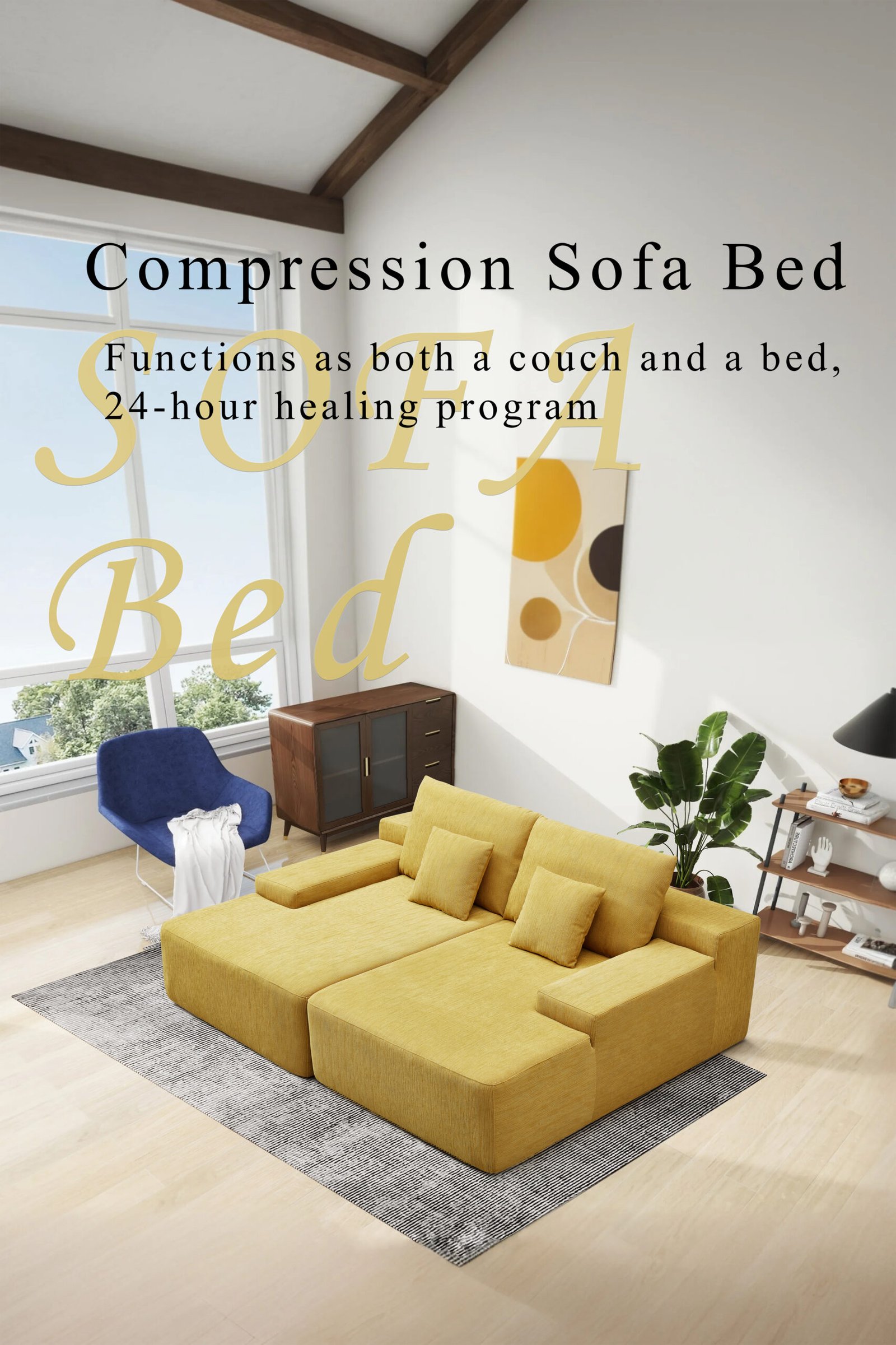
The furniture industry contributes to landfill waste, chemical pollution, and deforestation. Sofas are part of the problem—but they can also be part of the solution.
Choosing sustainable materials in sofa production helps reduce carbon emissions, limit landfill waste, and conserve natural resources.
A well-designed compressed sofa doesn’t just save space—it also saves raw materials and energy during manufacturing. Here’s how.
Environmental Impact Table
| Issue | Traditional Sofas | Compressed Eco-Sofas |
|---|---|---|
| Material Waste | Uses non-recyclable foam and plastics | Uses recycled or biodegradable inputs |
| Carbon Emissions | Heavy, inefficient shipping methods | Ships compact, reduces transport cost |
| Toxins | VOCs from adhesives and synthetics | Water-based glues, low-VOC fabrics |
When I switched to eco-materials in one of our production lines, the energy savings alone covered the initial cost difference in just 6 months.
What recycled materials are used in compressed sofas?
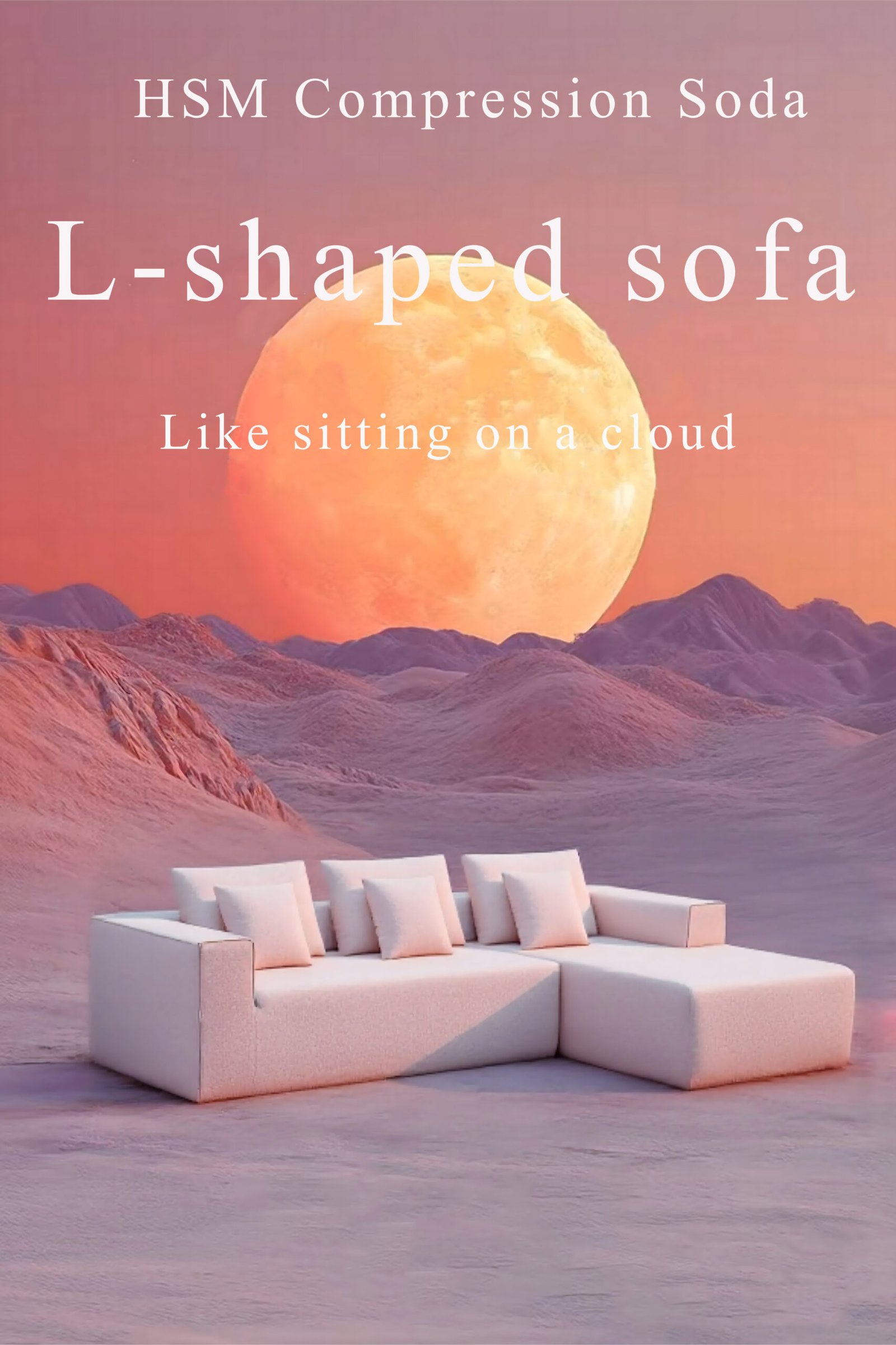
Plastics are everywhere—even in our living rooms. But not all plastics are created equal.
Recycled plastics from post-consumer waste are used in sofa frames and support layers, helping reduce landfill pollution and plastic production.
These materials are processed to meet strength standards, often used in structural bases or connectors in modular sofa frames.
Advantages of Recycled Plastics
- Diverts waste from oceans and landfills
- Lower carbon footprint than virgin plastic
- Durable and impact-resistant
- Lightweight for easier shipping
Our factory has started using 30% recycled polypropylene in armrests. You’d never know—until you realize how much plastic didn’t end up in the ocean.
What natural fibers are used for upholstery?
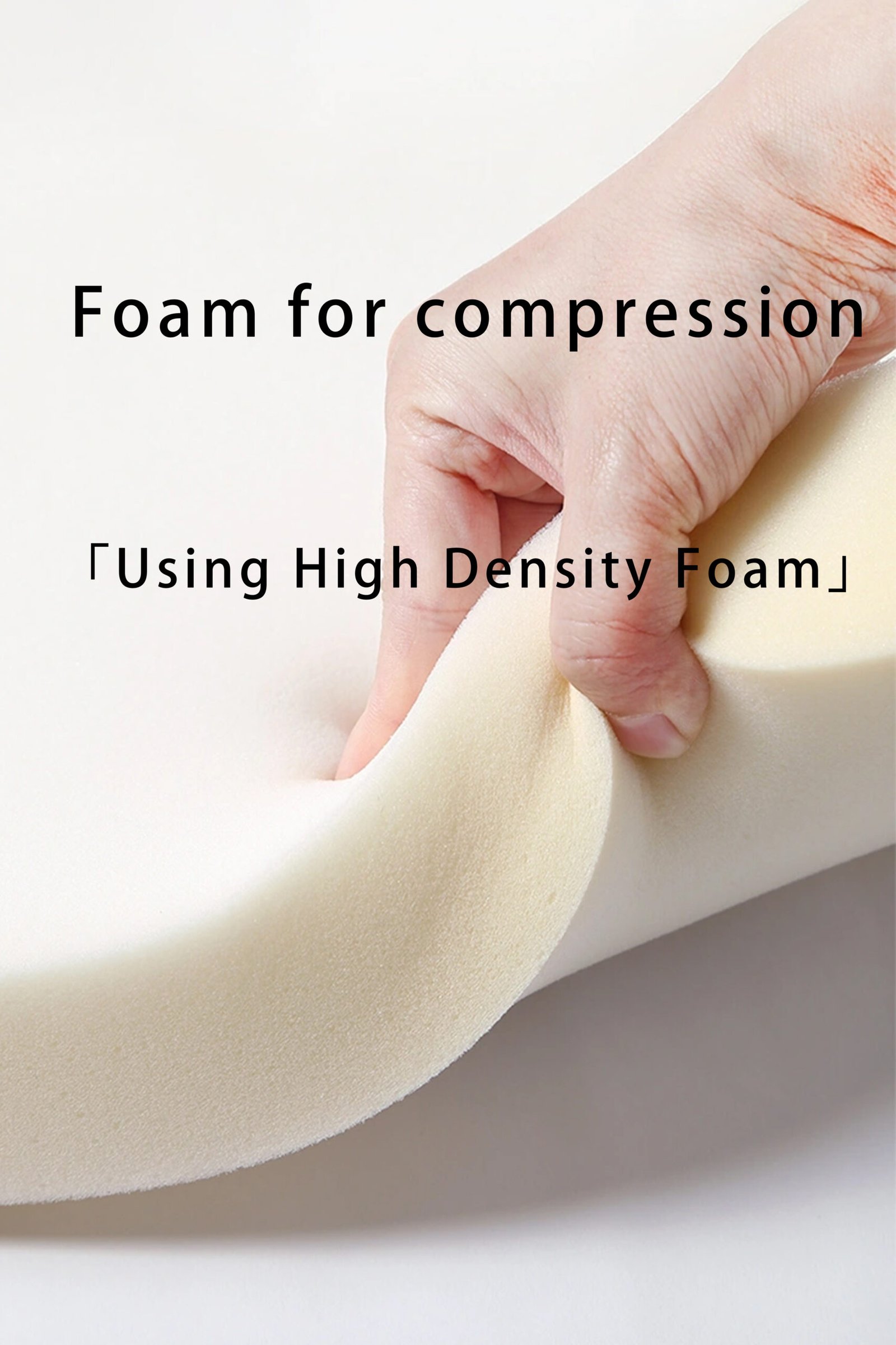
What touches your skin should be clean, breathable, and kind to the Earth.
Natural fibers like hemp, cotton, jute, and wool are biodegradable, renewable, and require less processing than synthetic alternatives.
These are used primarily for sofa covers and cushions. They look great, feel soft, and breathe better than synthetics.
Comparison of Natural Fibers
| Fiber | Benefits | Typical Use |
|---|---|---|
| Cotton | Breathable, hypoallergenic | Cushion covers, slipcovers |
| Hemp | Strong, grows fast with little water | Woven upholstery, blends |
| Jute | Rustic texture, biodegradable | Accent fabric, internal lining |
| Wool | Natural insulation, soft, renewable | Luxury cushioning, cover layers |
I once helped a customer in Toronto outfit their entire living room with hemp-fiber sofas. They’re still using them today—and haven’t bought a single replacement cover in 4 years.
Why is bamboo an ideal eco-material?

Bamboo grows like crazy—and that’s exactly why it’s a game-changer for furniture.
Bamboo is fast-growing, self-renewing, and requires no replanting. It’s strong enough to replace traditional hardwoods in sofa frames and supports.
Its flexibility makes it ideal for curved or foldable components in modular and compression-based sofa designs.
Benefits of Bamboo in Sofas
- Matures in 3–5 years (vs. 20+ for hardwoods)
- Naturally pest-resistant (no harsh chemicals)
- Lightweight but strong
- Biodegradable and recyclable
We’ve tested bamboo-laminate frame components that perform as well as birch in stress tests, but cost 20% less and weigh half as much.
What role does reclaimed wood play?
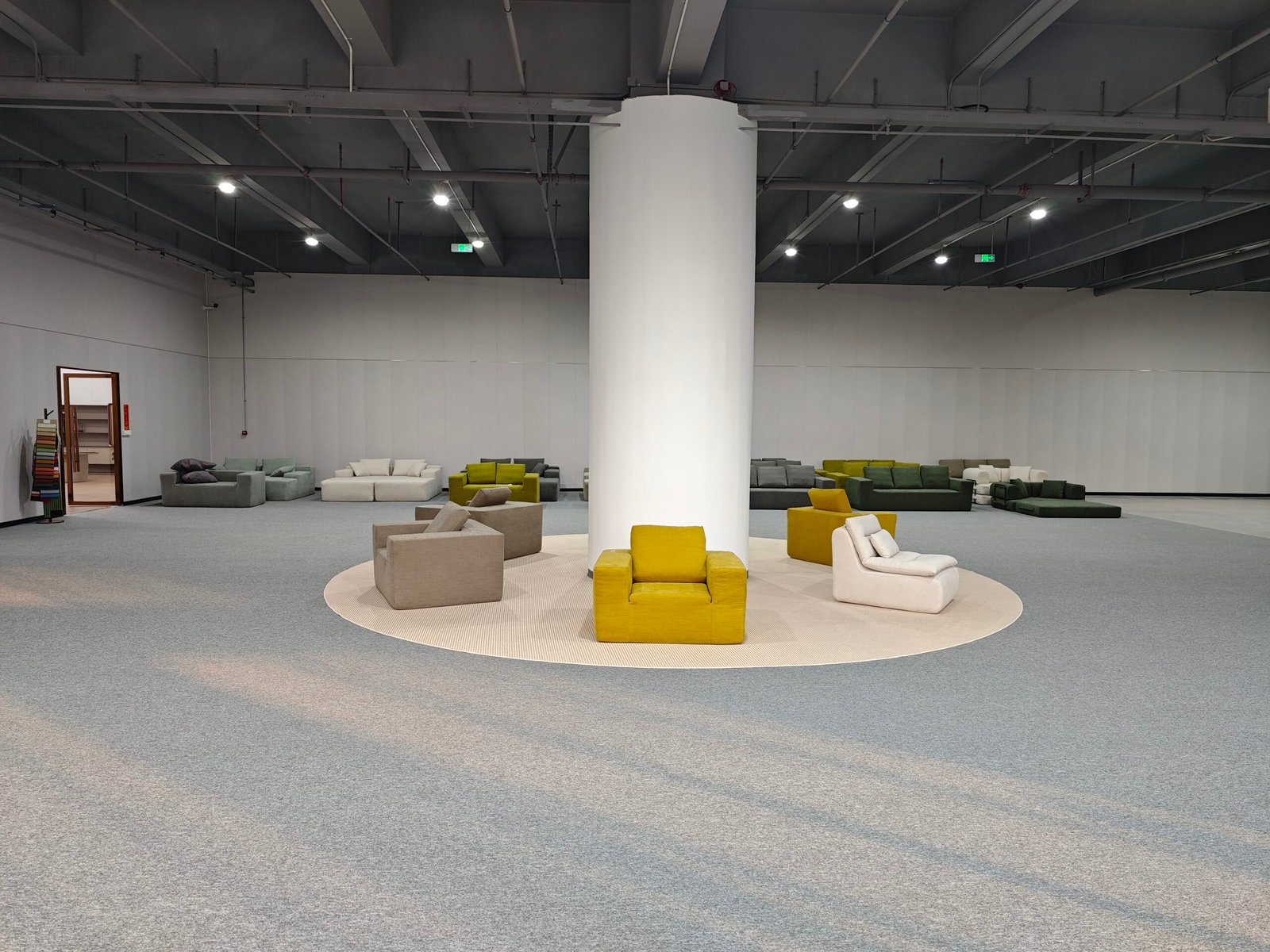
New wood takes decades to grow. But reclaimed wood is already seasoned, sturdy—and full of character.
Reclaimed wood from barns, factories, and homes can be repurposed into stylish and sustainable sofa frames.
Every scratch and knot tells a story. Plus, it saves a tree and reduces emissions from logging and milling.
Why Choose Reclaimed Wood?
- Extends the life of existing materials
- Avoids deforestation
- Stronger due to aged density
- Adds vintage, rustic charm
We once used wood from an old schoolhouse in our compressed sofa bases—it gave each piece a unique finish customers loved.
Are there eco-friendly foams?

Most sofa foam comes from petroleum. That’s not great for the Earth—or for indoor air.
Natural latex foam, derived from rubber tree sap, offers a biodegradable, toxin-free alternative to synthetic foams.
Key Features of Natural Latex Foam
- Renewable source
- Naturally hypoallergenic
- Excellent support and bounce-back
- No VOC emissions
I often recommend latex over synthetic foam to families with allergies or pets. It costs more—but lasts longer and stays fresh-smelling.
What about organic upholstery fabrics?

Not all “natural” fabrics are chemical-free. That’s where organic matters.
Organic fabrics like organic cotton or linen are grown without synthetic pesticides or fertilizers, making them healthier for people and the planet.
Certification to Look For
| Fabric Type | Certification | Why It Matters |
|---|---|---|
| Organic Cotton | GOTS | Verifies organic origin & processing |
| Organic Linen | OEKO-TEX, GOTS | Low chemical processing |
| Organic Wool | Responsible Wool Std | Animal welfare + sustainability |
We switched to GOTS-certified cotton for all our latest cover lines. It doesn’t just feel better—it sells better too.
Conclusion
Choosing compressed sofas made with environmentally friendly materials means supporting cleaner manufacturing, healthier homes, and a greener planet—without compromising on style or comfort.